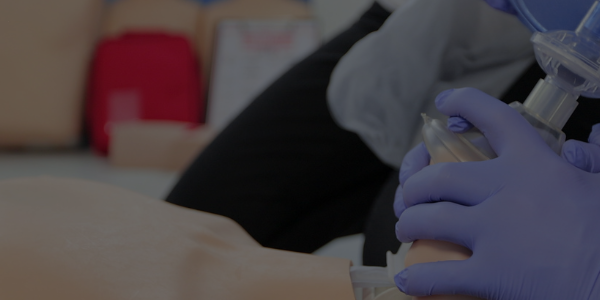Amputation – What is it?
Amputation is the removal of a limb by trauma, medical illness, or surgery.
As a surgical measure, it is used to control pain or a disease process in the affected limb, such as malignancy or gangrene.
Factors that lead to an increased risk of amputation include:
– High blood sugar levels
– Smoking
– Nerve damage in the feet (peripheral neuropathy)
– Calluses or corns
– Foot deformities
– Poor blood circulation to the extremities (peripheral artery disease)
– History of foot ulcers
– Past amputation
– Vision impairment
– Kidney disease
– High blood pressure, above 140/80 millimeters of mercury (mmHg)
Here are 6 Ways To Prevent Workplace Amputations, starting with the two primary techniques, guards and devices.
1. Guards, or machine guards. They’re physical barriers that prevent people from getting too close to hazards. Manufacturers can often provide the guards if they’re lost, broken, or didn’t come with one. OSHA also has plenty of information.
2. Devices. These prevent human contact with points of operation. An example: A laser sensor that shuts down a machine when a finger gets too close.
3. Training. All staff should know how to safely use dangerous equipment.
4. Don’t bypass safeguards. The shortcut a worker takes could cut off an arm, leg, or finger.
5. DO NOT allow workers under 18 to use the machines that bite. 6. Lockout/Tagout. Implement a LOTO program. Lockout/Tagout prevents people from trying to fix a machine or clear a jam while it’s operating. It also stops the accidental startup of machinery during maintenance.
What to do if you witness an Amputation:
* Call emergency services.
* Stop the bleeding. A complete amputation may not bleed very much. The cut blood vessels may spasm, pull back into the injured part, and shrink. This slows or stops the bleeding. If there is bleeding, do the following:
– If available, wash your hands with soap and water and put on disposable gloves. For instance that gloves are not available, use many layers of clean cloth, plastic bags, or the cleanest material available between your hands and the wound.
– Have the injured person lie down and elevate the site that is bleeding.
– Remove any visible objects in the wound that are easy to remove, and remove or cut clothing from around the wound.
– Apply steady direct pressure for a full 15 minutes. When blood soaks through the cloth, apply another one without lifting the first. And if there is an object in the wound, apply pressure around the object, not directly over it.
– If moderate to severe bleeding has not slowed or stopped, continue direct pressure while getting help. Do all you can to keep the wound clean and avoid further injury to the area.
– Mild bleeding usually stops on its own or slows to an ooze or trickle after 15 minutes of pressure. It may ooze or trickle for up to 45 minutes. Use the Check Your Symptoms section to determine your next steps.
* Check and treat for shock. The trauma of the accident or severe blood loss can cause the person to go into physiologic shock.
Signs of physiologic shock include:
– Passing out (losing consciousness).
– Feeling very dizzy or light-headed, like the person may pass out. – Feeling very weak or having trouble standing up.
– Being less alert. The person may suddenly be unable to respond to questions, or he or she may be confused, restless, or fearful.
* Emotional stress from the event may cause symptoms such as light-headedness or fainting. This is sometimes called “emotional shock.”Light-headedness and fainting from emotional stress may be confused with physiologic shock.
The trainer was amazing and really fun to work with. He made learning our first aid really entertaining and unforgettable. Highly recommend AB first aid team.
Please note that regular First Aid and CPR Training is the best way to make sure that you’re prepare in the case of an emergency.
Book CPR and First Aid Training in Tullamarine, north west of Melbourne or we can come to your location. 10% off for a group of 10 or more!
Find this article useful? Read more of our blogs here!





